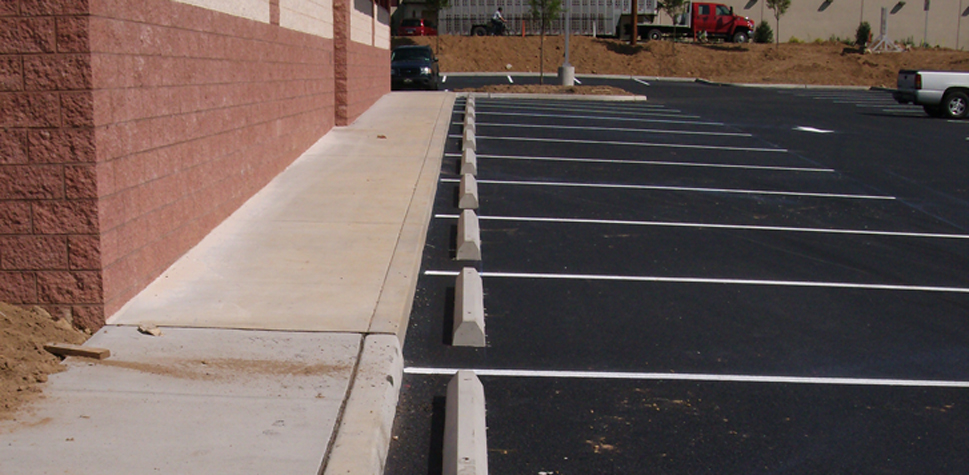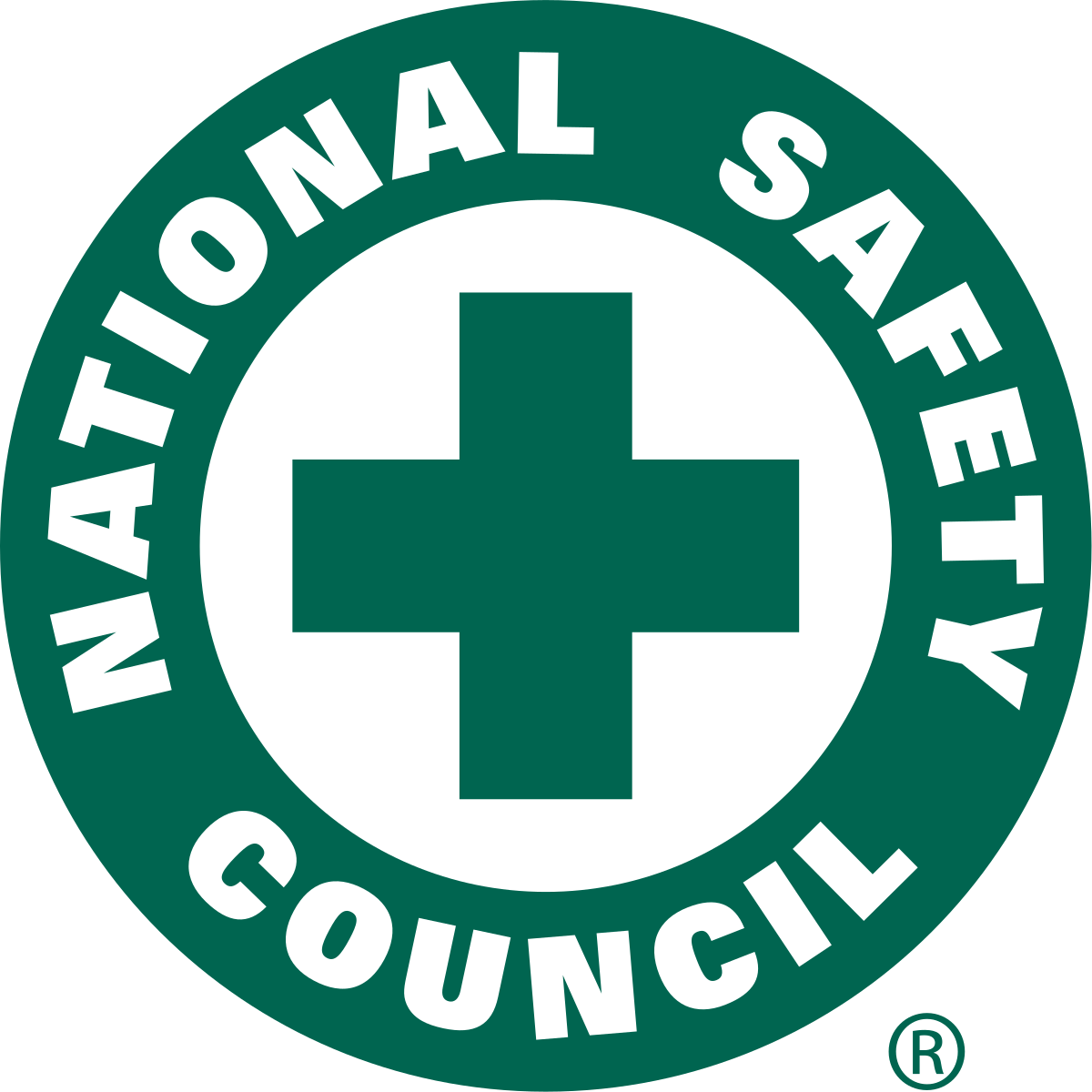Parking Bumper Blocks in the Mid-Atlantic
Despite years of practice, many experienced drivers make parking mistakes from time to time. A driver may overestimate the size of a parking spot or become distracted while parking. In some cases, this issue can lead to property damage when a vehicle drives into another parked vehicle or a nearby object such as a sign or lamp post. Although you can’t stop all cases of distracted parking in a parking lot, you can prevent property damage and enhance safety for pedestrians by installing parking bumper blocks in strategic locations.
Parking bumper blocks are also known as wheel stops, parking blocks, or curb stops. They are essentially long, raised blocks designed to assist attentive drivers parking their vehicles and protect a large array of structures and other parked vehicles from being struck by vehicular traffic. Bumper blocks offer a long service life and superior stability and strength to withstand vehicular traffic wheel impacts.
At D.E. Gemmill, we are bollard and bumper block experts, so we can ensure proper installation and placement of bumper blocks in parking lots, parking garages and other indoor structures. We have years of experience providing parking lot striping and contracting services for customers throughout the mid-Atlantic region, so you can count on us to make sure our installation meets proper standards and bumper block dimensions within your facility. Our dedicated employees can help you select the right type of bumper blocks for your application, and our contracting team will ensure that installation goes smoothly and fits within your schedule.
Why Install Bumper Blocks?
Bumper blocks are common in public and private parking lots around the world. Although the average bumper block cannot stop a vehicle intent on plowing forward, it can provide the visual guidance and resistance most drivers need to park safely and stop on their own. A high-quality parking block can provide benefits such as:
- Protection against property damage: Bumper blocks protect against property damage by alerting drivers when they reach the edge of a parking space. The jolt of bumping into a parking block helps stop the vehicle before the driver hits another car parked opposite. When they’re installed at the edge of a parking lot, these blocks can also help protect buildings, landscaping elements and pedestrians from accidental vehicle impacts.
- More efficient parking: Each bumper block measures approximately as long as the vehicles it’s intended to help stop. As a result, these blocks serve as useful visual guides for drivers who are parking, defining the approximate size of a parking spot even when painted lines are not present. When drivers know how close together they should park, they can use available parking lot space more efficiently.
- Excellent versatility: You can choose to install bumper blocks in a wide variety of locations, including beside parking curbs and alongside bike and pedestrian lanes in high-traffic areas. Shorter bumper blocks can even be implemented to provide guidance for buses and trucks needing to maneuver and park in the space.
Choosing the Right Type of Bumper Block
Bumper blocks are manufactured in several different materials including concrete, plastic and recycled rubber. Each parking block material comes with its own distinct advantages and limitations. At D.E. Gemmill, we have the industry expertise to help you select the ideal type of bumper block for your application and budget. With the following options to choose from, you can create a parking area that meets your exact needs:
- Concrete parking blocks: Concrete is the traditional choice for parking block construction due to its durability and affordable price. Depending on weather conditions and maintenance, a concrete parking block can last for decades. Although these parking blocks offer great strength and utility, they cannot absorb shock or flex to accommodate uneven ground. As a result, you should use them on flat, concrete surfaces only.
- Plastic parking blocks: Plastic parking blocks are lightweight and long-lasting. They can last for many years without chipping or cracking, and they have increased resistance to gas, oil, salt and harmful chemicals. Plastic parking blocks will not damage a vehicle’s front bumper if a driver runs into them. However, they do not flex enough for use on gravel or other uneven surfaces.
- Rubber parking blocks: Recycled rubber parking blocks provide the most flexibility and give, making them ideal for use on both flat and uneven ground. Although they tend to cost more than concrete bumper blocks, rubber blocks are easy to install, and they hold up well in harsh conditions.
Parking Block Maintenance and Safety
Rubber and plastic parking blocks keep maintenance requirements to a minimum after installation. Even so, all existing bumper blocks should be routinely inspected monthly and after snow events for signs of corrosion, cracking, misalignment and other deterioration.
Unfortunately, bumper blocks also tend to be identified as possible tripping hazards. To decrease the likelihood of injury, it is recommended to paint them yellow so they can contrast against their surroundings and other painted markings on the parking surface. You can also help prevent injuries by leaving at least 3 feet of unobstructed walking space between bumper blocks.
Let D.E. Gemmill Help With Bumper Block Installation
At D.E. Gemmill, we can help you choose the right bumper blocks for your parking lot, installing them for you once you’ve decided. We work quickly and make sure every block is installed properly. We also offer free quotes on all of our contracting services. To get started, reach out to us today.







